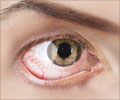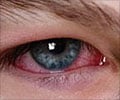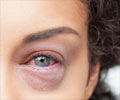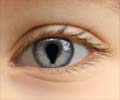Glaucoma group had about twice as many accidents finds a study.
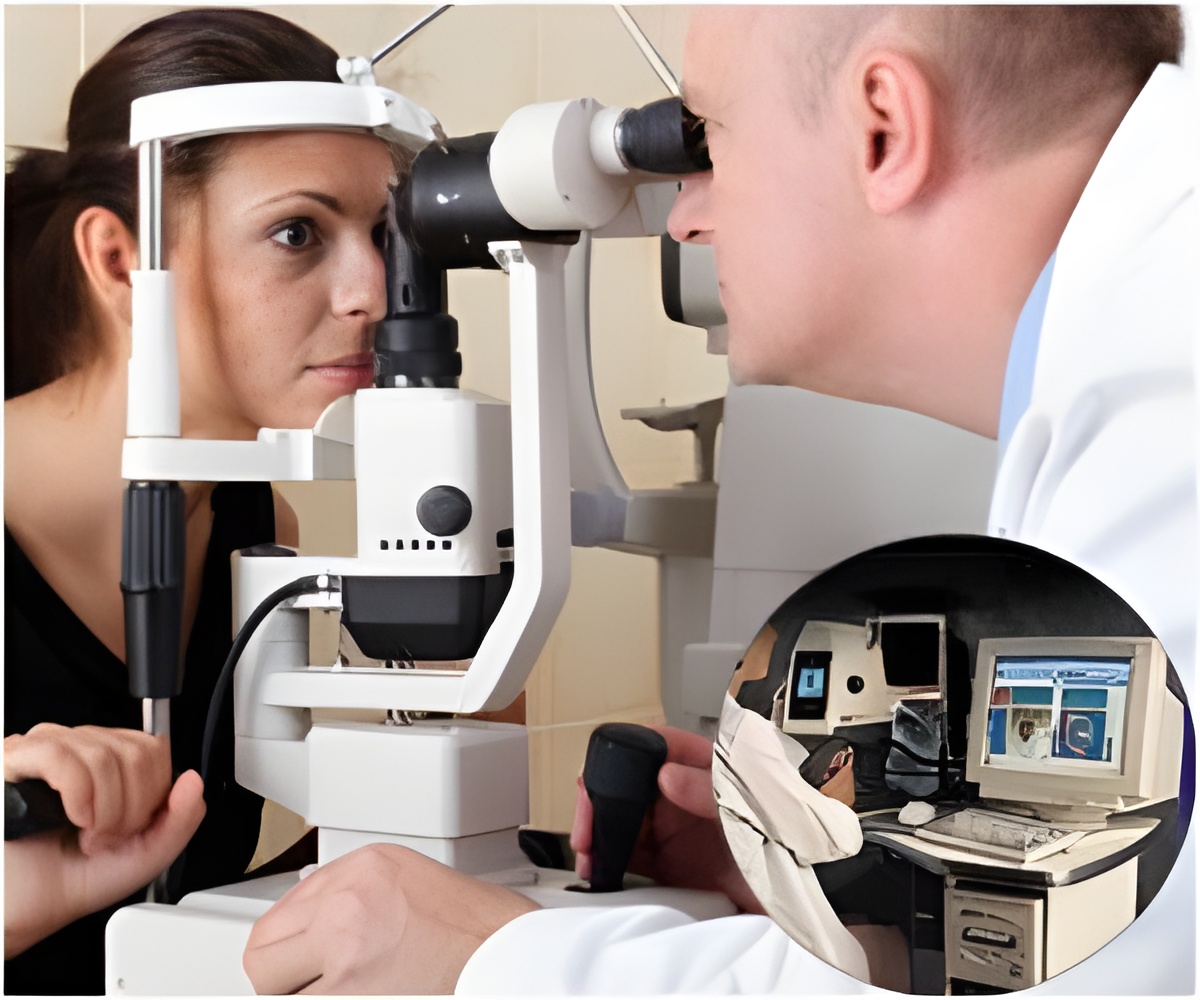
In this study, which was conducted at Tohoku University Graduate School of Medicine, in Sendai, Japan, two groups of 36 people each were tested using a driving simulator. People in group one had advanced glaucoma and those in group two had normal vision. The groups were matched for age, driving experience and other characteristics. The most common accident scenario for both the glaucoma and normal-vision groups was when a child, car, or other object suddenly entered the driver's path from the side. The glaucoma group, however, had more than twice as many collisions as the normal-vision group.
Glaucoma affects more than 2.7 million Americans age 40 and older. It is the second leading cause of blindness worldwide. If untreated, glaucoma reduces peripheral vision and eventually causes blindness by damaging the optic nerve. This essential nerve sends signals from the retina — a layer of light-sensitive tissue at the back of the eye — to the brain, where these signals are interpreted as the images people see. Only half of the people who have glaucoma are aware of it , since the disease is painless and vision loss is very gradual. As populations grow older worldwide, health officials are exploring measures that will ensure safety on the roads. For instance, in the United States., visual field requirements vary from state to state with 12 of the 51 jurisdictions restricting licenses for those with visual impairments. Some states or territories require the installation of additional mirrors on the vehicles of these drivers.
"To help ensure everyone's safety on our roadways, we would like to create mandatory vision testing guidelines for glaucoma patients," said Shiho Kunimatsu-Sanuki, M.D., lead researcher on the study. "We now know that integrating the visual field test into the requirements for a driver's license could save lives."
With proper medical care, many people with glaucoma can maintain a level of vision that would enable safe driving. The American Academy of Ophthalmology recommends that everyone have a complete eye exam at age 40, so that glaucoma and other age-related eye diseases can be diagnosed and treated early to minimize vision loss.
Source-Eurekalert

